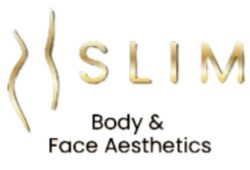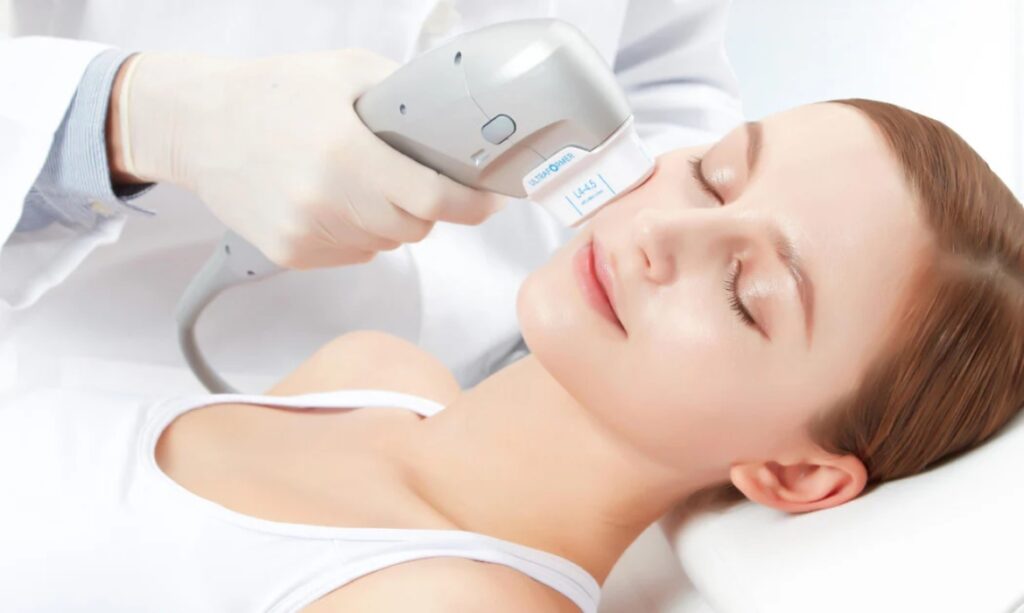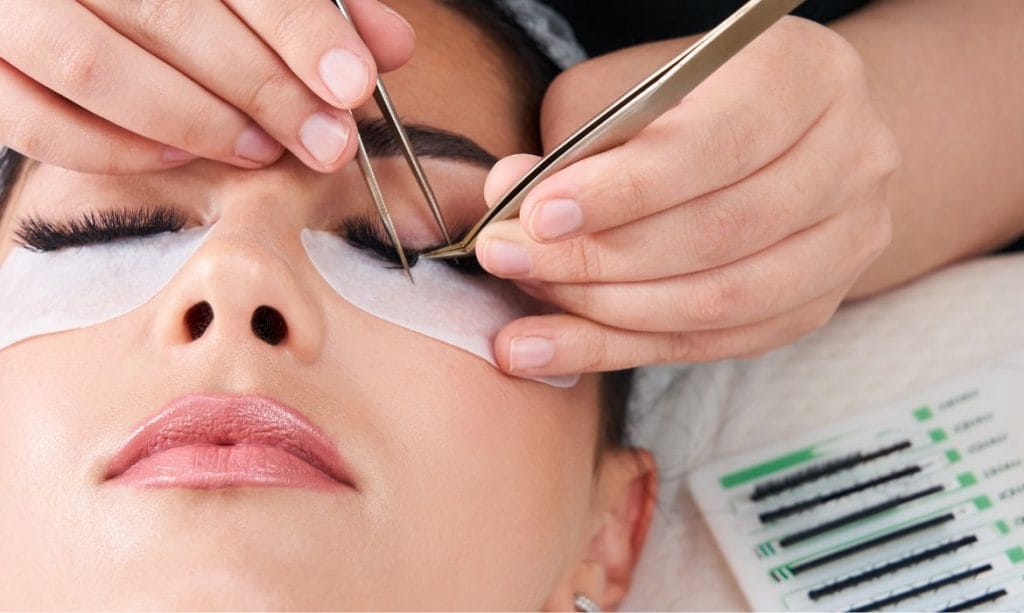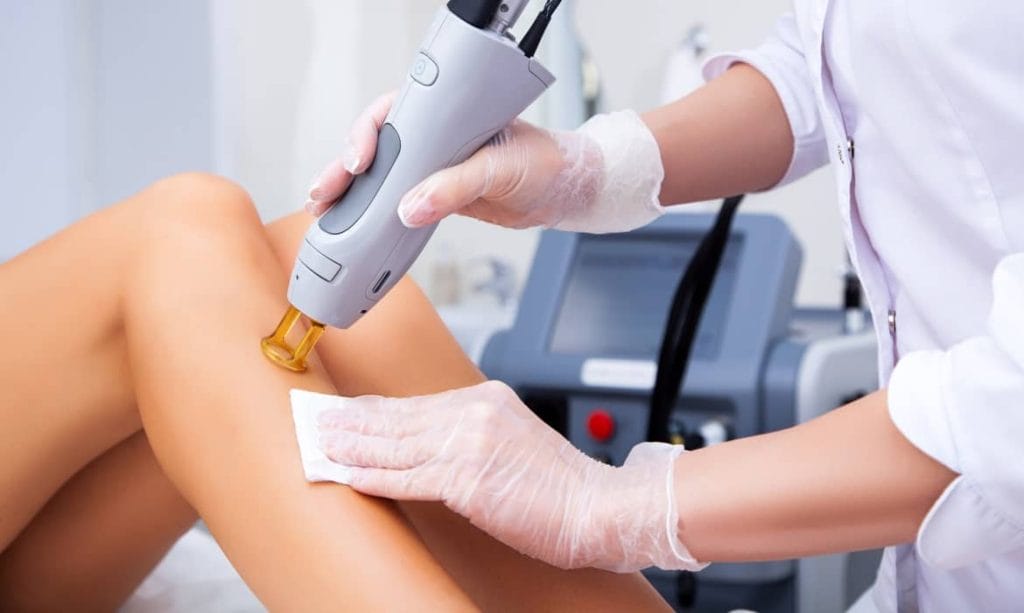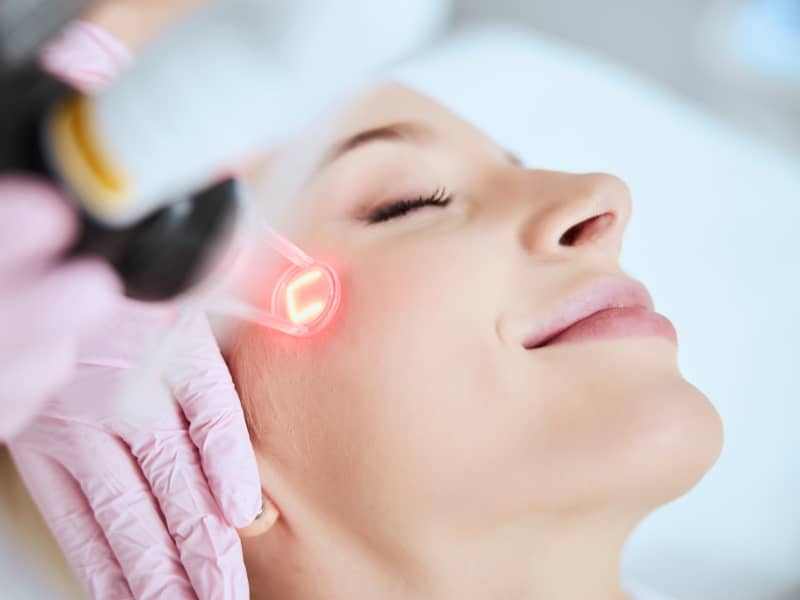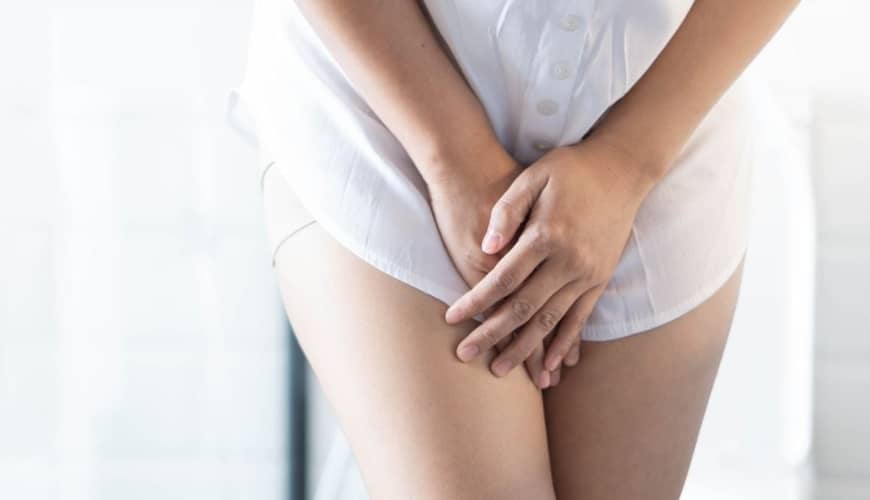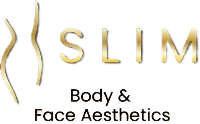Peeling is an outpatient procedure that consists of applying chemical substances to the skin to achieve the renewal of its layers, which favors its consistency, a uniformity of the pigment (color) and a greater hydration. Peels are used to correct fine, medium or deep wrinkles, to treat acne (active, mild or moderate) and its sequelae, photoaging, skin aging, sagging, fine and rough skin, oily skin, blemishes cutaneous, actinic keratoses, etc.
Depending on the substance used, different levels of action will occur and more or less deep defects will be corrected. The choice will be determined by factors such as skin type, general medical history, age, and skin condition. The results of the treatment are: the reduction of wrinkles, a rejuvenated and well-hydrated skin, with a correct secretion of fat and a good consistency and luminosity. The spots will progressively diminish until they disappear.
Superficial Peeling
By means of superficial peeling, the finest wrinkles and the consequences of acne are eliminated and it is possible to recover that skin suffocated by tobacco, stress or work in closed places. After the peeling, there is a slight skin redness that disappears after a few hours, so you can return to daily life immediately. The treatment is applied in the consultation, in several sessions of about 30 minutes each, every two weeks (time necessary for the skin to recover) and does not require anesthesia.
Medium Peeling
The medium peel is indicated for the correction of actinic keratoses (scaly, bulging spots), dyschromias (alteration of the color of the skin due to lack or excess of melanin) and medium wrinkles, as well as for some sequelae of acne. This type of peeling is performed in the consultation, and can last between 1 and 4 sessions. Being painless, it does not require anesthesia. After the treatment, the area is reddened for about 5 days, and dry «skins» come off. Once this phase is over, the skin is more elastic and smoother, and shows a uniform, more luminous color.
Deep Peeling
The deep peeling is the most indicated to improve very photoaged skin, with very deep wrinkles and important keratoses. The treatment is practiced with sedation and requires 3 days of hospitalization and a sick leave of about two or three weeks. Once performed, a bandage is placed for 1 or 2 days, and upon removal, re-epithelialization begins. The skin remains red for a few weeks. The results are spectacular.


